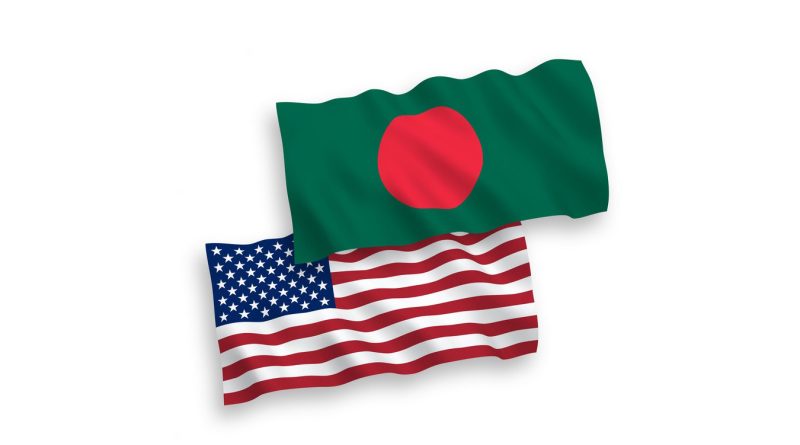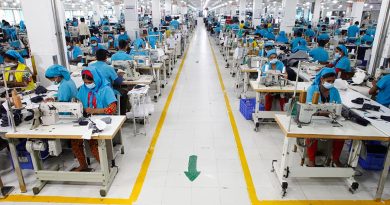In the first half of 2025, the United States recorded USD 38.16 billion in apparel imports, reflecting a 6.74 percent increase compared to the same period in 2024. Among global suppliers, Bangladesh stood out, with exports soaring 25.12 percent year-on-year to reach USD 4.25 billion—the highest growth rate among the top ten exporter nations.
The sharpest monthly growth came in June 2025, when Bangladesh exported USD 723.08 million worth of garments to the U.S., a 32.09 percent increase over May’s figure of USD 547.42 million. This surge has pushed Bangladesh’s market share in U.S. apparel imports from 9.3 percent in 2024 to approximately 10 percent in H1 2025, according to trade analysts.
In contrast, China’s apparel exports to the U.S. fell by 16.07 percent, affected heavily by rising tariffs and supply-chain realignments. Other competitors such as Vietnam (17.96 percent), India (16.26 percent), Indonesia (17.95 percent), and Cambodia (24.28 percent) also recorded significant increases in value.

Tariff Policy Timeline: How Trump’s Trade Doctrine Reshaped Sourcing
Bangladesh’s exceptional performance coincides with substantial disruptions in global sourcing, driven by evolving U.S. tariff policies under President Donald Trump’s second-term trade strategy. Here is a concise timeline of major policy developments in 2025 affecting apparel imports:
🗓 February 2025
President Trump announces a new “Reciprocal Tariff Policy”, directing USTR to review all major U.S. imports and impose duties mirroring those faced by U.S. exporters abroad.
🗓 March 2025
A draft list of new tariffs is released, targeting apparel and footwear. The proposed average tariff on garments (HS 61–62) is expected to double in most cases.
🗓 April 2025
U.S. Trade Representative confirms a staged implementation of apparel tariffs, with interim rates applied beginning May. China is immediately flagged as a “non-cooperating” exporter.
🗓 May 2025
Average U.S. apparel tariff rises to 23.8 percent, up from the previous 13.9–14.7 percent range.
Tariffs on Chinese apparel hit 69.1 percent, triggering a steep decline in import volume.
Bangladesh secures a revised 20 percent tariff cap after high-level bilateral discussions, maintaining competitiveness against India (25 percent) and others.
🗓 June–July 2025
Major U.S. retailers, including Walmart, reportedly delay or restructure garment orders from Bangladesh and India, anticipating further volatility.
Global buyers accelerate sourcing shifts to Bangladesh, Vietnam, and Cambodia, citing cost-efficiency and tariff stability.
Unit Price & Volume Trends
During January–June 2025, Bangladesh not only gained in value but also in quantity. The number of pieces exported to the U.S. increased by 23.81 percent, with a modest unit price growth of 1.06 percent—a sign of stable pricing and strong demand. In contrast:
Vietnam: +13.82% in volume, +3.64% in price
India: +15.92% in volume, +0.29% in price
Cambodia: +31.11% in volume, –5.21% in price
China: –12.78% in volume, –3.77% in price
Strategic Implications for Bangladesh
This performance underscores the resilience and strategic advantage of Bangladesh’s RMG sector. Despite rising global protectionism and uncertain geopolitical developments, Bangladesh’s ability to secure favorable trade terms, expand production capacity, and maintain price stability has positioned it as a preferred sourcing hub for U.S. brands.
However, exporters and policymakers alike are advised to remain cautious. Future tariff escalations, non-tariff barriers, or political changes in the U.S. could alter the trade landscape again. Diversification into high-end fashion, nearshoring strategies, and ongoing diplomatic engagement will be critical in safeguarding and expanding Bangladesh’s share in the U.S. apparel market.





